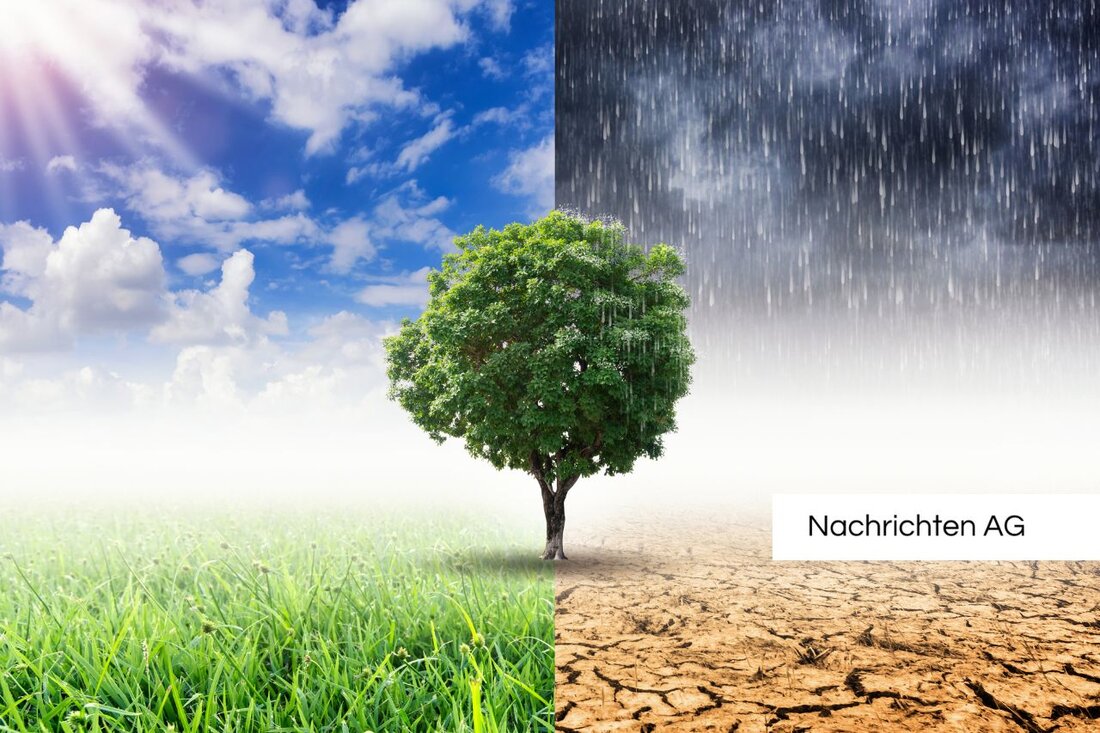Forests as climate savers: This is how Germany’s trees store CO2!
Dr. Florian Schnabel from the University of Freiburg leads the Sardinilla experiment on tree diversity and carbon storage in forests.

Forests as climate savers: This is how Germany’s trees store CO2!
Forests are of immense importance to the global climate and play a crucial role in storing carbon. Loud uni-freiburg.de Forest management and biodiversity are crucial factors that influence carbon storage in these ecosystems. Dr. Florian Schnabel, a forestry scientist at the University of Freiburg, leads the renowned Sardinilla experiment, which looks at the diversity of tree species and their influence on carbon storage.
The Sardinilla experiment is part of TreeDivNet, a global network for research projects on tree species diversity. It aims to explore the relationships between biodiversity and ecosystem functions while promoting sustainable forest management in the context of global change. The project also examines the effects of climate extremes on forests.
Carbon stocks in Germany
A recent study by the Thünen Institute shows that forests cover around a third of the land surface worldwide and store significant amounts of carbon. In Germany, around 50 million tons of CO2 were stored long-term in forests in 2012, which can be counted in emissions trading biology.de reported.
Carbon storage occurs primarily in above-ground and below-ground biomass. According to the study, approximately 993 million tons of carbon are currently stored in above-ground biomass and 156 million tons in underground biomass. In addition, a constant amount of 191 million tons of carbon is recorded in the humus layer.
The annual carbon sequestration in German forests is currently around 52 million tons. This shows the functional change of forests in Germany since 1990, where they now bind more carbon than is released through wood harvesting. The increase in carbon stocks also shows that forest biodiversity and specific tree species can have a significant impact on carbon storage.
The role of forests in climate protection
A comprehensive understanding of the function of forest ecosystems is essential for climate protection. Loud klima-wissen.de Forests not only act as carbon sinks, absorbing CO2 from the atmosphere, but they also stabilize the soil and regulate water balance. Old trees, especially deciduous trees such as oaks and beeches, are particularly important because they can store more carbon.
Forest management practices can further increase carbon storage. However, clearing forests poses significant risks as stored carbon is released, increasing the greenhouse effect. Therefore, sustainable forest management and reforestation projects are of great importance to protect the habitats of flora and fauna and promote biodiversity.
In order to meet the challenges of climate change, political and social initiatives that promote forest protection are necessary. Innovative approaches, such as creating corridors between forest areas, can also help strengthen biodiversity. Mixed forests are crucial for the resilience of forest ecosystems, while monocultures endanger them.
The preservation and sustainable management of forests is important not only for climate protection, but also for the preservation of natural habitats and the stability of global ecosystems. By implementing such measures, forests can play a central role as an essential element in the fight against climate change.

 Suche
Suche
 Mein Konto
Mein Konto